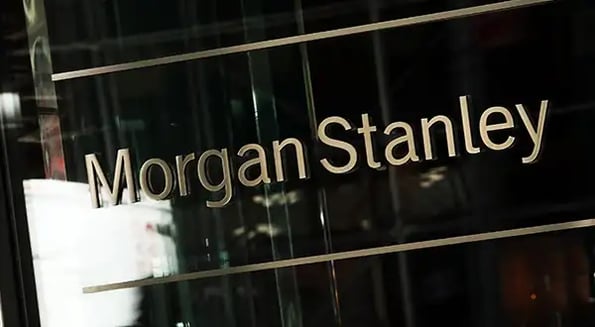Last week, Morgan Stanley announced its $7B acquisition of Eaton Vance.

If you’re thinking, Who is Eaton Vance?, the answer is not the captain of a Northeastern prep school rowing team — but rather one of the oldest money management firms on Wall Street.
This news comes mere days after Morgan Stanley closed an $11B deal for brokerage firm E*TRADE.
What’s going on?
After the ’08 financial crisis, the Federal Reserve forced banks to hold more capital on their books and limited risk-taking so that, er… they wouldn’t blow themselves up again.
While trading can be a big moneymaker, it can bring some staggering losses. Remember that whale that cost JPMorgan $6.2B? Or the UBS trader that swindled away $2B?
Investment banks are shedding their Wolf of Wall Street ways
Morgan Stanley’s CEO James Gorman — a smooth Aussie who once famously told his employees to leave if they were tired of lower bonuses — is all about predictable (albeit) boring businesses.
And asset management hits the mark.
Unlike trading — which can swing from wild profits to brutal losses — asset management generates revenue from fees that grow steadily with the amount of wealth the firm oversees.
E*TRADE brings in retail wealth while Eaton Vance brings in institutional wealth.
These deals are a continuation of what started in 2009…
… when Morgan Stanley acquired Smith Barney to form the world’s largest wealth manager.
In recent years, the rise of free trading has been a boon to retail investors, with lower commissions forcing money managers to find revenue in new places.
The consolidation started when Charles Schwab spent $26B to buy fellow brokerage TD Ameritrade last year. Expect more deals… just not from Morgan Stanley, which is tapped out.
“We’re not doing more acquisitions,” Gorman said on an analyst call. “We’ve made our bed, we’re going to lie in it.”











